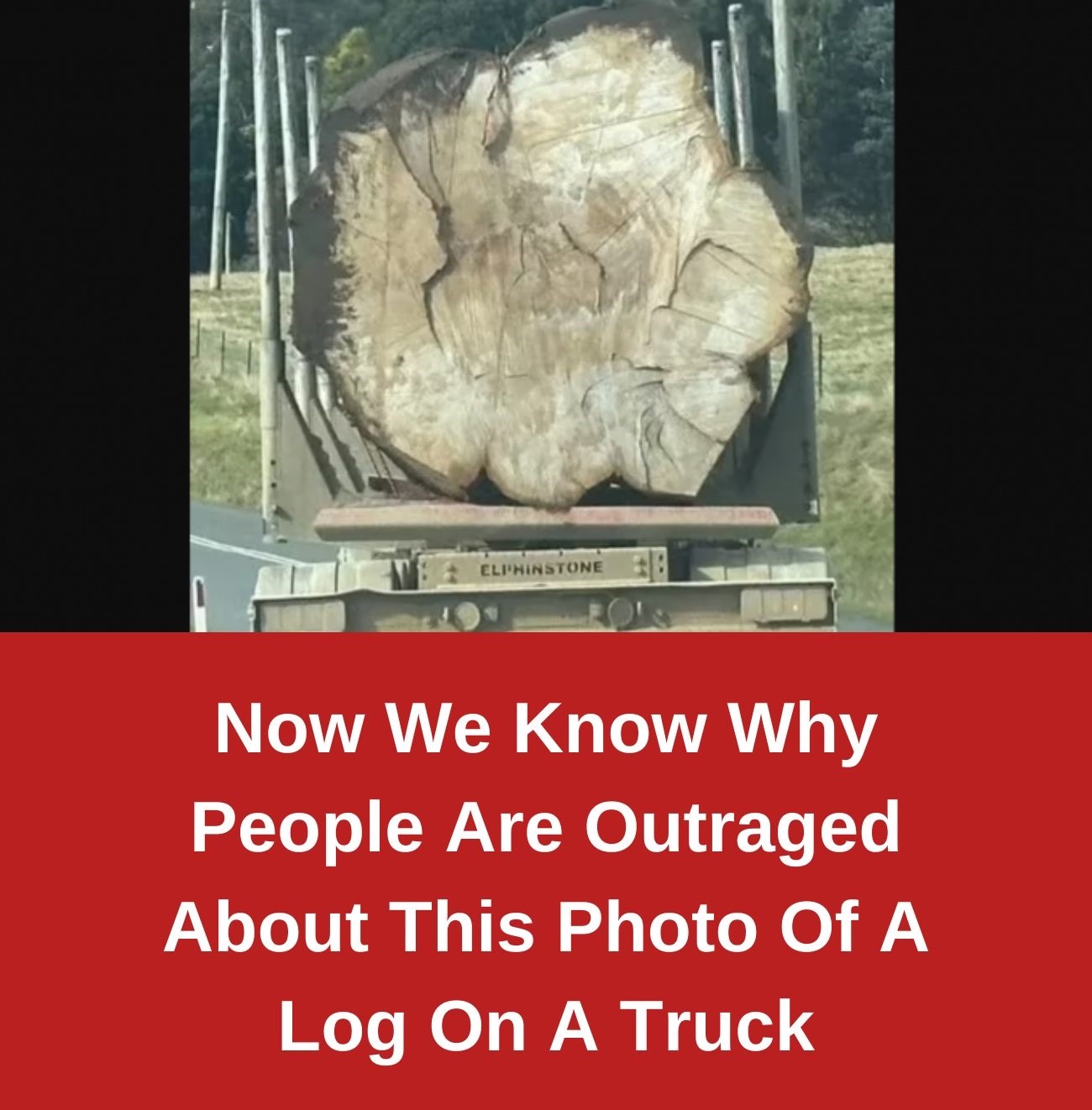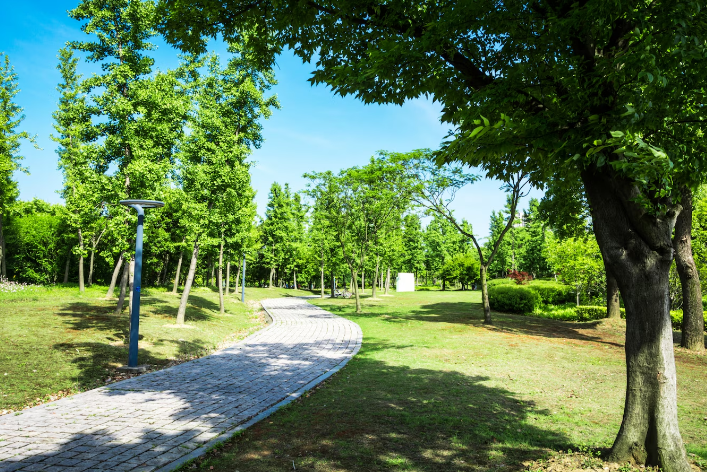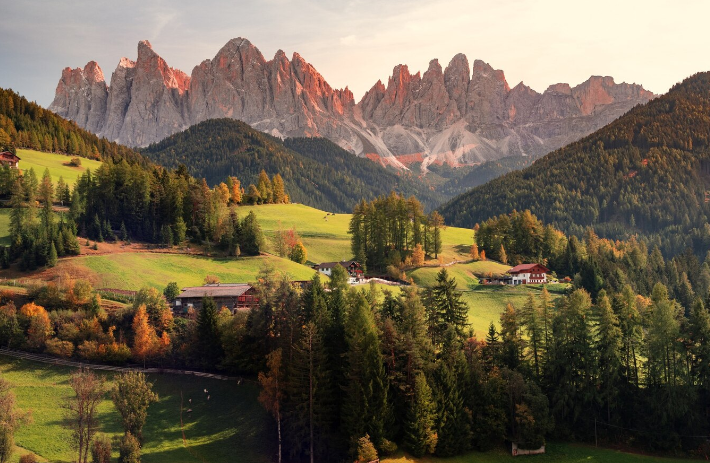
A video showing the removal of a giant native Australian tree from Tasmania’s old growth forests has sparked a whirlwind of debate and outrage online. The film, recorded near Maydena in the Florentine Valley, shows a section of a massive trunk thought to belong to a Eucalyptus regnans, the world’s second largest tree species after the California Redwood, which fills an entire trailer.
The video footage, which has now gone viral, highlights the worries of conservationists and environmentalists who believe such logging techniques are harmful to the fragile ecosystems of old growth forests. The image of a century-old tree, once lively and awe-inspiring, being carried for future processing has struck a chord with people all around the world.
The fate of this massive tree, however, is sealed. Forestry Tasmania, which was recently renamed as Sustainable Timber Tasmania (STT), intends to burn the majority of the trees that remain on the forest floor. Tasmania’s wood sector is economically significant, contributing more than $1 billion to the state’s economy and employing thousands. STT, which is owned by the Tasmanian government but operates as a private company, justified its conduct, claiming “safety reasons” as the motivating factor behind the felling.

Suzette Weeding, STT’s general manager for conservation and land management, stated that the decision to destroy the tree was documented, and the wood product was retrieved whenever possible. She went on to say that the tree was cut down as part of harvesting activities in an area known as FO020B, which follows a Forest Practices Plan, which is required by law under the Forest Practice Act. This plan establishes particular management processes, such as documenting tree measurements to guarantee compliance with acceptable management criteria.
While STT maintains its operations are in line with the certified Forest Practices Plan, critics remain unconvinced. The Wilderness Society and other conservation groups have questioned the logging of large trees within the designated areas, raising concerns about the efficacy of existing regulations in safeguarding these ancient giants.

Euan Ritchie, a Professor of Wildlife Ecology and Conservation at Deakin University, echoed many others when he described the situation as a “utter environmental travesty.” He asked a painful question: what would the public’s reaction be if the falling tree was a whale rather than a tree.
As discontent grows, Bob Brown traveled to the Florentine Valley to protest. He lamented the transition of what was once a forest of towering giants into a wasteland of broken branches and rubbish. Brown urged Prime Minister Anthony Albanese to visit the site and discuss the problem at the forthcoming Labor National Conference.
The controversy surrounding the destruction of historic trees highlights wider arguments about environmental protection and sustainable methods. While states like Victoria, Western Australia, and portions of Queensland resolve to halt native logging, the situation in Tasmania and other places that have not made similar pledges underscores the continued battle to achieve a balance between economic interests and the preservation of vital natural environments.

















